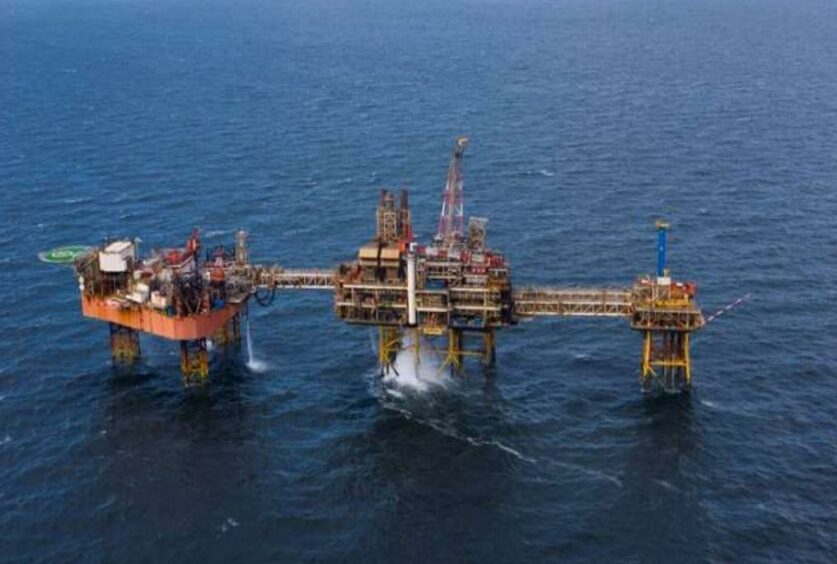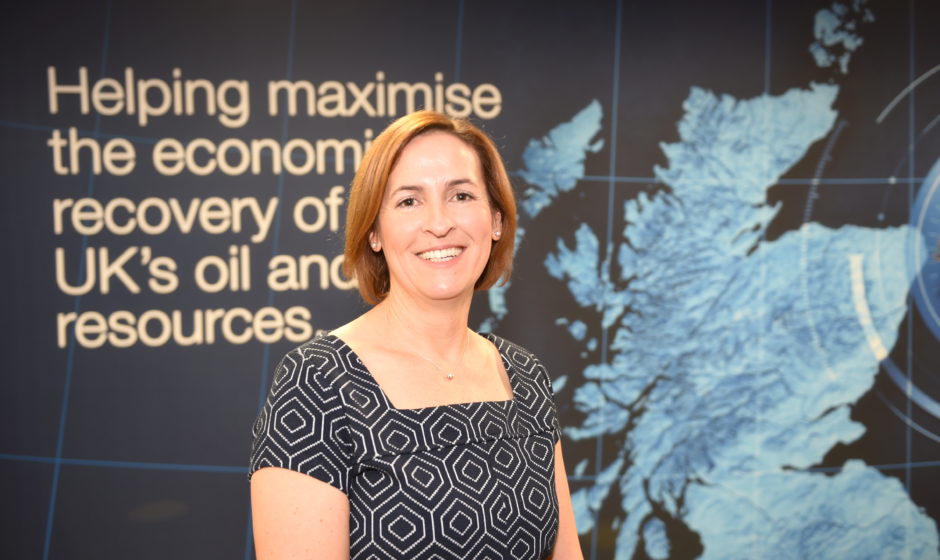
A new screening tool designed to maximise the repurposing of oil and gas infrastructure has been established.
Operators with fields six years from cessation of production will be asked to use the device to identify pieces of kit that could be given a new lease of life.
Developed by the North Sea Transition Authority (NSTA), the tool will initially be sent to 20 companies operating a total of 120 fields which are nearing, or have reached, the end of the road.
The regulator will review their submissions, cross-check against its own data, and work with operators to explore options in detail.
In cases where there are no realistic alternatives, it will enable decommissioning work to progress without unnecessary delays.
Repurposing can make a huge contribution to the UK’s drive to net-zero, potentially generating multi-billion-pound savings across carbon capture and storage (CCS) and hydrogen schemes.
Examples of multi-asset plans for reusing infrastructure can already be found in the UK offshore sector.
Eni intends to repurpose existing pipelines and platforms for its Liverpool Bay CCS project, part of the HyNet scheme.
Initial analysis suggests that opportunities for reusing platform topsides, jackets and subsea systems for decarbonisation projects are likely to be limited.
As such, removal and onshore dismantling, or cleaning up and leaving in-situ, will tend to be the most sensible option.
Pipelines are the real prize though, and NSTA analysis has identified more than 100 that could be suitable for CCS or hydrogen projects.
Finding a new life for just half of them would generate estimated savings of about £7 billion, the regulator said.
Pauline Innes, head of decommissioning at the NSTA, said: “The NSTA is committed to supporting industry in embracing decommissioning and repurposing as vital tools in driving the UK’s energy transition.
“Repurposing makes sound business sense from a cost perspective, and it’s also good from an environmental point of view – helping operators fulfil their North Sea Transition Deal pledges to lower emissions and guide the country to net zero.”
Recommended for you


